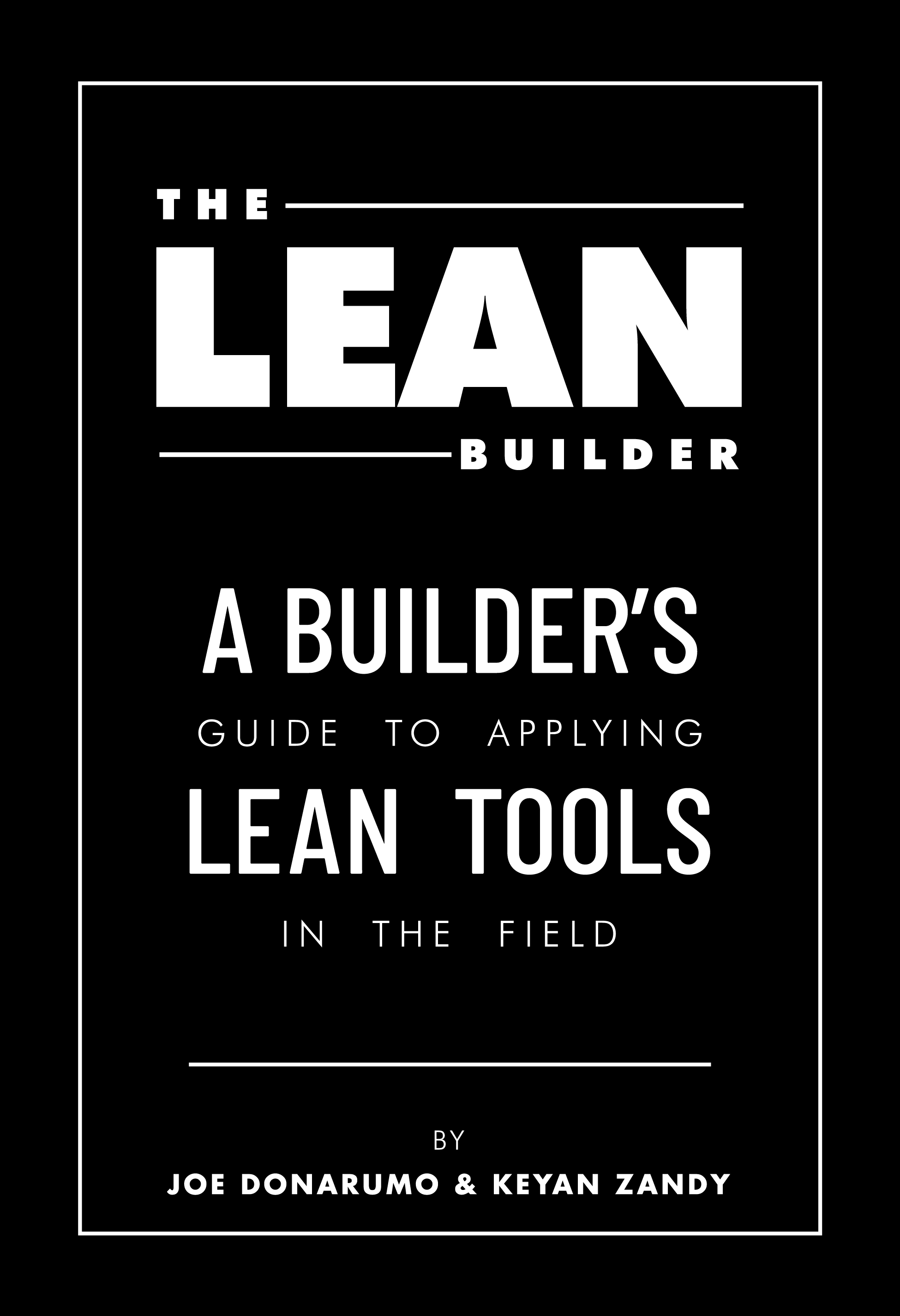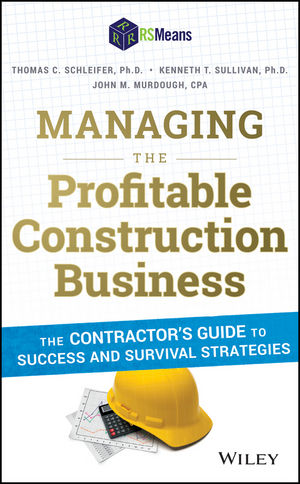Ninety Percent Inspiration, 10 Percent Perspiration

I had an opportunity last month to participate in a webinar with a leading roof consultant who turned my idea of roof maintenance upside down. Like lots of challenges in life, I tended to view maintenance to be the “90 percent perspiration” part of the old saying. Yes, you need a good maintenance plan, but your success at holding down costs and extending roof service life mainly involves the tedious work of carefully inspecting a roof and making timely repairs. However, this consultant offered a chart from the CSI Manual of Practice that showed how the early inspiration of planning and designing a roof system may have a much greater effect on cost and service life than the perspiration of the years of maintenance that follow.
Intrigued, I did a little research and found that the idea behind the CSI chart came from a research study conducted over 30 years ago by the late Boyd Paulson, a distinguished civil engineer. Based on his investigation of costs associated with construction projects across the world, Paulson suggested that the “ability to influence costs” follows a typical inverted “S” curve, with most of the potential for cost control occurring very early in the design stages of a project. Figure 1 illustrates Paulson’s concept of this curve of diminishing results.
So what’s the take-away from Paulson’s view of our limited ability to impact costs after the roof is designed and installed? In my opinion, it means we need to “think smart” and not just “work hard” when it comes to roof maintenance. As an example, if we select the wrong roof assembly in an area subject to severe hail, the only repair may be a complete tear-off and replacement after the first big hailstorm. But if we anticipate the potential for hail early in the design stage, we may be able to avoid a ruined roof that no amount of patching will help.
That’s why I also think this chart should be shared with any building owner looking for a better way to manage roofing assets. It clearly shows that the sooner a qualified roofing professional is involved in roofing decisions, the better the chances are that the roof will be cost-effective and sustainable in the long run. And that means roofing contractors have a lot more to add than just the perspiration of roof maintenance: they can also add the inspiration of their experience in selecting better roofs in the first place.
Looking for a reprint of this article?
From high-res PDFs to custom plaques, order your copy today!






